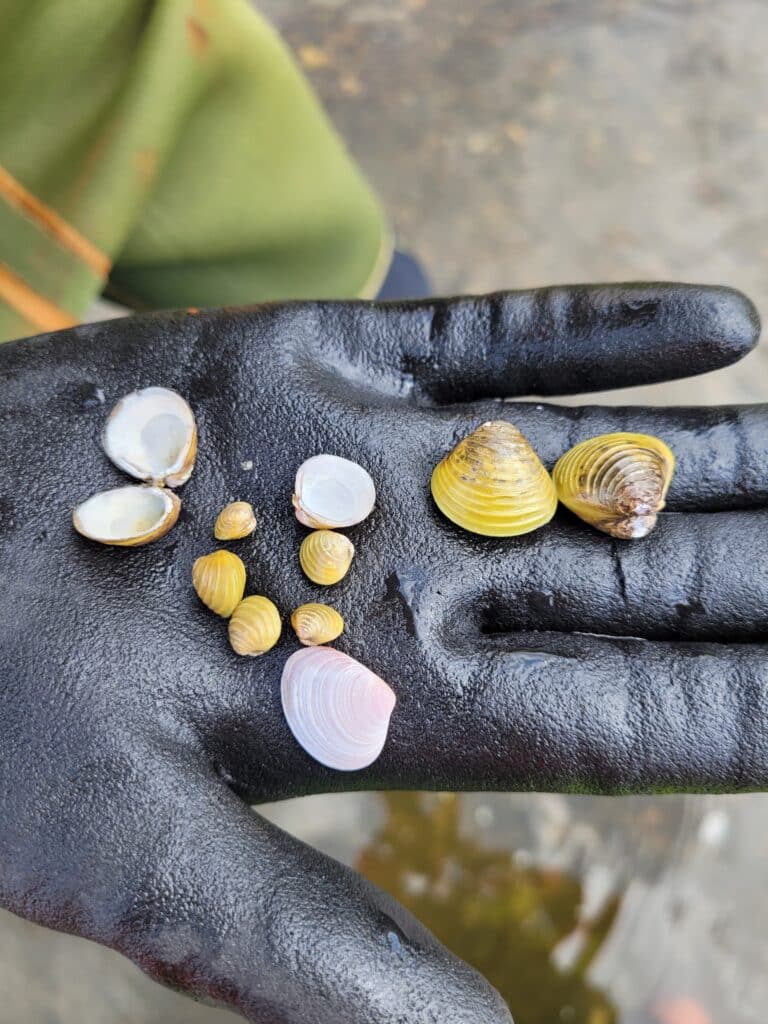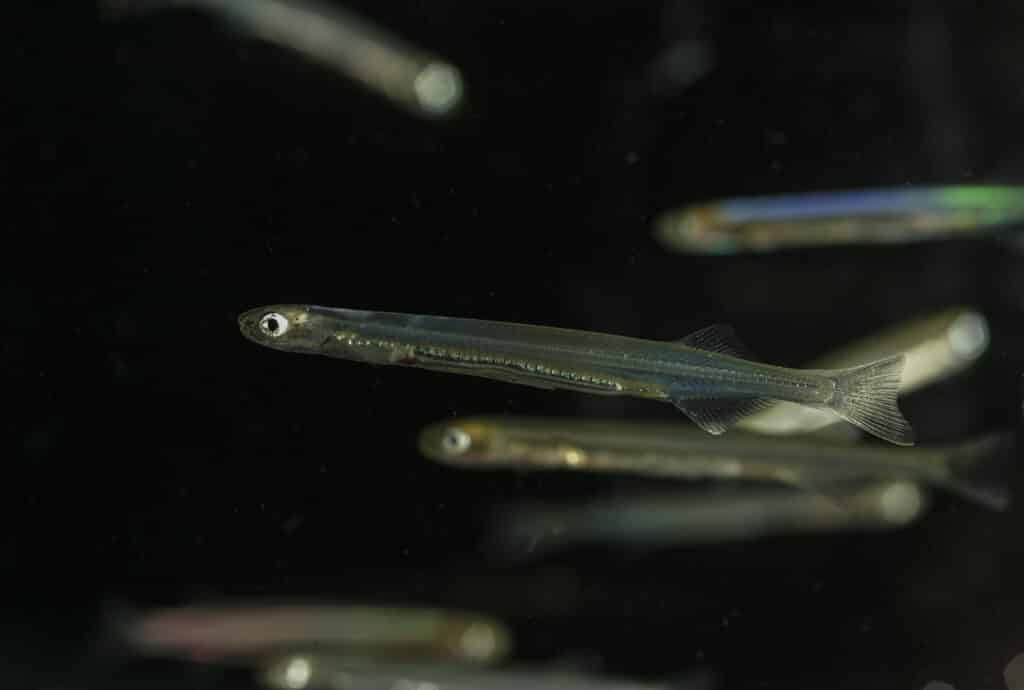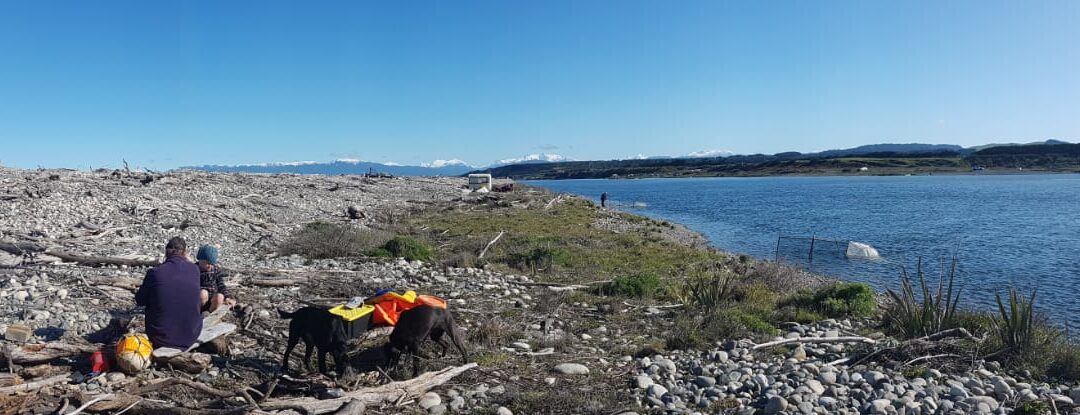Whitebaiting is a chance to get away from it all, relax in nature, and catch enough for a fritter or two. Your whitebaiting experience can be even more enjoyable if you are well-prepared. Preparation can be as simple as adopting these three actions, 1. sticking to the whitebaiting rules, 2. keeping yourself safe near and in the water, and 3. preventing pests invading freshwater habitats.
Whitebaiting by the rules
Changes to the Whitebait Fishing Regulations were phased in from 2021-23. These new regulations were designed to support a sustainable, more equitable whitebait fishery and included changing the season length, gear sizes and placement.
The Department of Conservation is responsible for managing the whitebait fishery, so watch out for DOC rangers on the riverbank between 1 September to 30 October. More information is available on the DOC website www.doc.govt.nz/whitebaiting. Need to know more? Email info@doc.govt.nz.
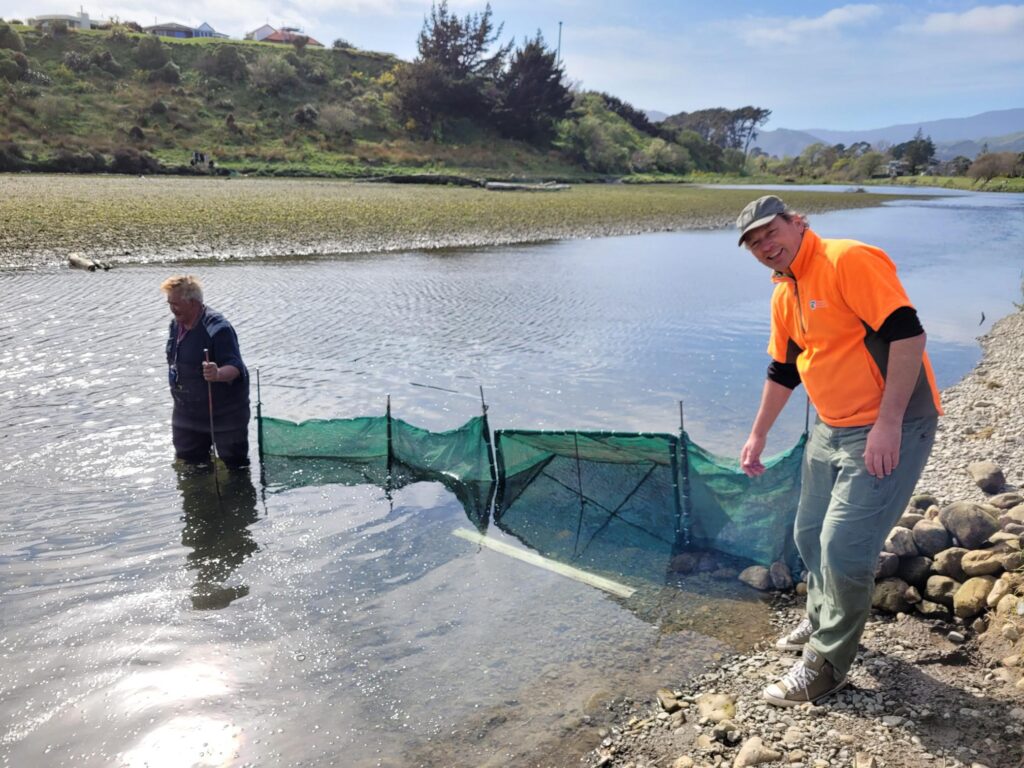
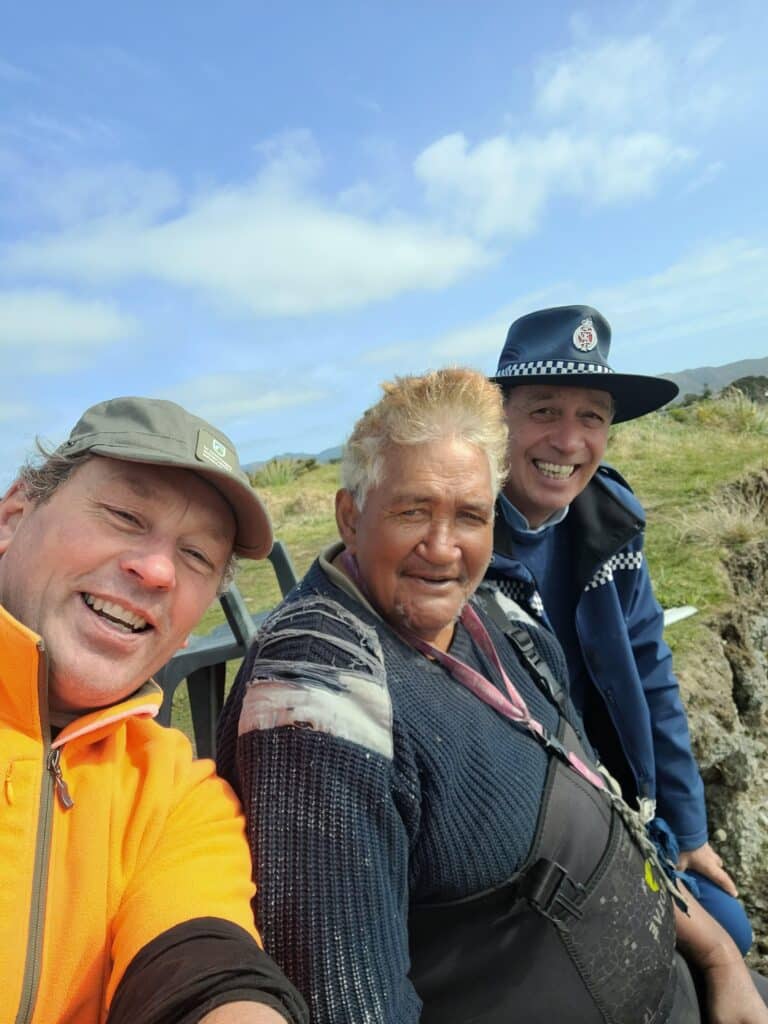
Keeping safe
Whitebaiting is a great way to enjoy the New Zealand outdoors. However, fishing can be dangerous. Between 2019-2023 four people drowned while whitebaiting. These preventable deaths occurred in the South and North Islands; none were wearing lifejackets.1
You can avoid becoming a drowning statistic by following the Water Safety Code’s four simple rules,
1. being prepared e.g., knowing the weather and water conditions before setting off
2. watching out for yourself and others
3. being aware of the dangers e.g., understanding the area you are fishing in
4. knowing your limits e.g., learning safe ways of rescuing others without putting yourself in danger
You can also keep yourself safer by following these whitebaiting-specific safety tips.
- Don’t fish from wet rocks – it means waves are likely washing over them.
- Wear a life jacket and wader belt.
- Have two waterproof communication devices on you at all times, such as a mobile phone in a waterproof bag and a VHF radio or a distress beacon.
- Never go on your own, fish with a mate who knows the area, and share your plans and expected time of return with a trusted person. Ask them to look for you at your expected location and call 111 if you don’t return.
Protecting the environment
New Zealand’s lakes, rivers, streams, and wetlands are under threat from invasive freshwater pests such as gold clam and lindavia (lake snow) in the North Island, and didymo (rock snot) in the South Island. Moving gear and boats between waterways can spread freshwater pests. These pests can clog nets, industrial and domestic water supply filters, and choke waterways, including whitebait habitats. You can help protect the whitebait fishery and New Zealand’s outdoors environment by preventing the spread of these pests. Whenever moving between waterways, check, clean, and dry your gear including boats that come into contact with water. If you don’t want to or cannot treat your gear, make sure you only use it in one waterway.
So, to get the most out of the whitebait season, 1. Stick to the rules, 2. Keep yourself safe near the water, and 3. Look after the freshwater environment.
Find out more about whitebating at http://www.doc.govt.nz/whitebaiting
